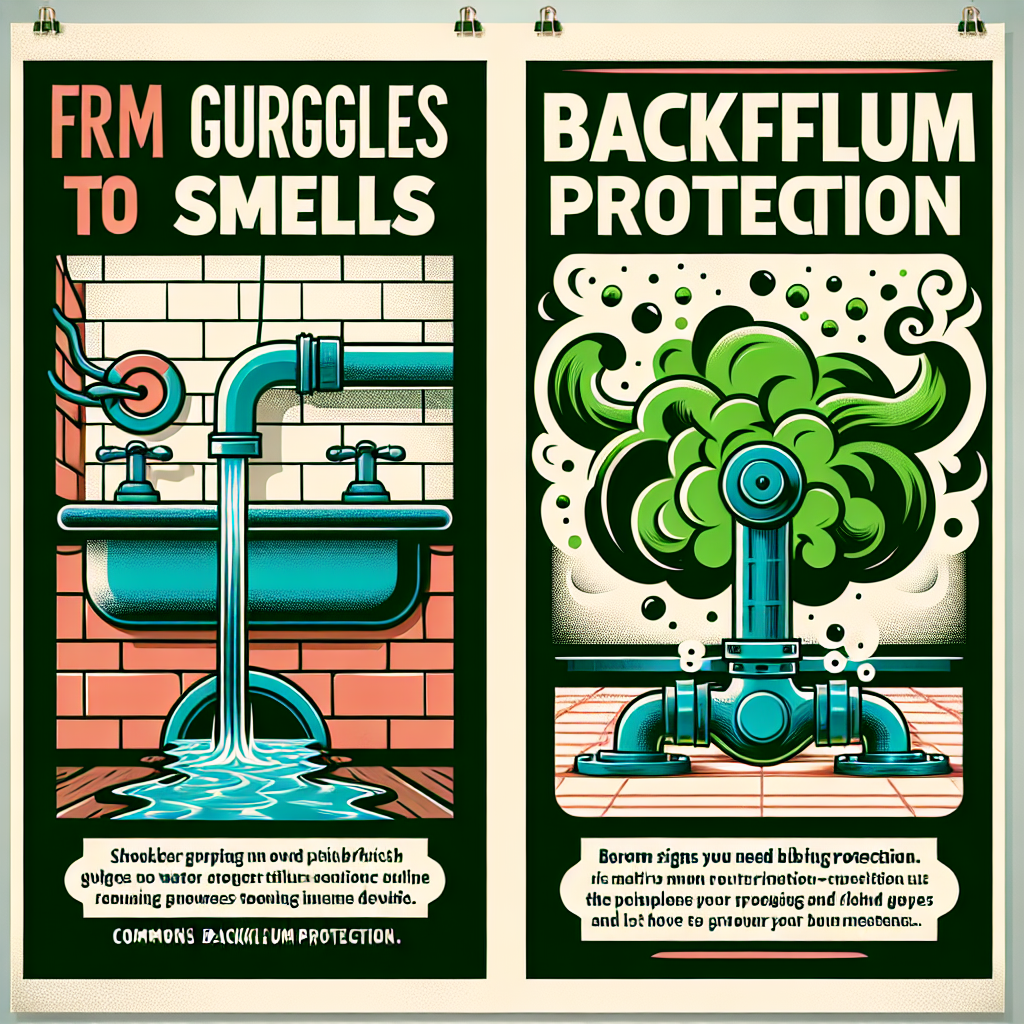Backflow is a sneaky threat lurking in the plumbing systems of homes and businesses. While we often take our water supply for granted, the reality is that backflow can introduce all manner of contaminants into our drinking water. Understanding the signs that indicate you need backflow protection can save you from a slew of health hazards and expensive plumbing repairs. In this article, we will explore common indicators that point to the necessity for backflow protection.
Understanding Backflow: What Is It?
Before diving into the signs that indicate backflow protection is needed, it’s important to understand what backflow actually is. Backflow refers to the unwanted reversal of the flow of water or mixtures of water and other substances into the public water supply. This can occur due to a drop in water pressure, often caused by leaks or bursts in main lines. Contaminants can include everything from fertilizers and pesticides to bacteria and chemicals.
Common Signs You Need Backflow Protection
Gurgling Sounds from Drains
One of the most distinctive signs that your plumbing may need urgent attention is the increasingly familiar gurgling noise emanating from your drains. This sound often occurs when air is trapped within the pipes, leading to a backward flow of water. If you hear gurgling noises, it could indicate a blockage or that backflow is on the horizon.
Unpleasant Odors
Another crucial indicator of backflow issues is the presence of unpleasant smells. If your home starts to smell like sewage or has a musty odor, it could indicate that wastewater is backing up in your drains — a clear sign that backflow protection is necessary. Often, the source of these odors is trapped waste in the plumbing system, which poses serious health risks.
Discoloration of Tap Water
Have you noticed your tap water looking murky, discolored, or even cloudy? This is another alarming sign that backflow may be occurring. Discolored water can result from pollutants entering your water supply, and it should be taken very seriously. Check with your local water authority to determine if other homes in your area are experiencing similar issues and consider investing in backflow prevention systems immediately.
Unexplained Increase in Water Bills
A sudden spike in your water bill can be indicative of leaks, which may lead to backflow issues. If you notice that your consumption hasn’t changed but your bill has skyrocketed, a hidden issue could be brewing in your plumbing. It’s time to call a plumber who can assess the situation and provide insight into whether you might need backflow prevention.
Mysterious Pooling of Water in Your Yard
If you notice unexplained puddles or damp spots appearing in your yard, they could indicate a backflow problem. Wastewater can leak into your drainage system or yard during backflow events, causing various environmental risks along with the potential for unpleasant odors. You should investigate any pooling issues and consider whether backflow protection is necessary to safeguard your property.
Frequent Clogged Drains and Toilets
If you find yourself plunging your toilet or using a snake on clogged drains more often than normal, it could indicate an underlying backflow issue. Consistent clogs can lead to increased pressure and the potential for backflow events. A professional plumber can help diagnose the root of the problem and recommend solutions that may include backflow protection.
The Importance of Professional Assessment
If you recognize any of these signs in your home or business, don’t hesitate to seek professional help. A qualified plumber can help assess your plumbing system, determine if backflow protection is necessary, and recommend the right solution tailored for your needs.
Implementing Backflow Protection
Once you’ve confirmed the need for backflow protection, it’s essential to act quickly. Common solutions include the installation of:
- Backflow Preventers: Devices that allow water to flow in one direction, preventing contaminants from re-entering your clean water supply.
- Air Gaps: A vertical space between the water supply and the overflow level can help prevent backflow.
- Check Valves: These devices close automatically to prevent reverse flow, providing an effective barrier against contaminants.
Conclusion: Keep Your Water Safe
Understanding the signs that you need backflow protection is critical to maintaining a safe and healthy home environment. By recognizing the indicators — like gurgles, smells, and strange water behavior — you can take proactive measures to safeguard your property’s water supply. Don’t wait for a small issue to snowball into a larger problem; prioritize backflow protection to keep your water clean, safe, and flowing in the right direction.
Stay educated, stay protected, and enjoy the peace of mind that comes with knowing your drinking water is safe.


